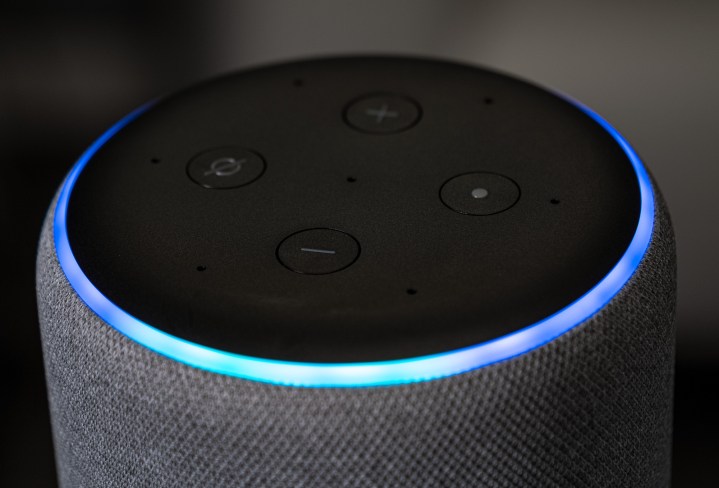If you take a second to really think about it, it wasn’t too long ago when going on the internet involved waiting for the phone line to be free, typing in your user name and password, hearing that horrible dial-up sound, and then feeling a sense of relief when you heard that robot voice say “you’ve got mail.”
Things evolved so quickly, and a couple of decades later, almost all of our daily activities — from work to socializing — involve the web, at least to some degree.
Enter the “Internet of Things.” The Internet of Things isn’t a new concept by any means, but over the last few years, IoT devices have become a regular part of most people’s daily lives. Sure, you’ve probably heard of the “Internet of Things” or IoT, and you likely use IoT devices on a regular basis, but you may be wondering, what the IoT is exactly?
We’re going to break it down.
What exactly is the Internet of Things?

By definition, the IoT is “the interconnection via the internet of computing devices embedded in everyday objects, enabling them to send and receive data.” In other words, the IoT is connecting your stuff to the internet or to other stuff so it can do new stuff outside of the stuff it can already do. For instance, an IoT device might be able to be controlled remotely, or you may be able to receive alerts and status updates on your IoT devices.
What are IoT devices?
Things like smart light switches, smart thermostats, smart locks, and smart appliances are IoT devices. Smart homes products, from robot vacuums to smart pressure cookers, are all IoT devices.
Think of it this way: If it can connect to the internet or to some other device or network of devices that connect to the internet, and it’s not a computing device that serves as a means for you (a human) to access the internet, it probably fits the bill.
IoT devices can transfer data over a network without human input. Your smart thermostat can send status reports, your security camera can send motion alerts, and your robot vacuum can send an alert when it’s time to change the filter, for instance.
How do Voice Assistants like Alexa fit into the equation?

Devices like Amazon Echo are IoT devices powered by an internet-connected voice assistant. However, the voice assistant within the Echo device, Alexa, would better be described as an IoT service. The Alexa voice service and its companion app allow you to control compatible IoT devices (like smart lights, smart thermostats, robot vacuums, and more) in one location where you can control the IoT device’s power and functions, create routines, and more. Amazon’s voice assistant Alexa is one of the more comprehensive IoT services, as it can control more smart home products than Google Assistant or Siri. Alexa is present in the Echo devices, as well as other gadgets like headphones and thermostats.
Amazon appears to be competing to have Alexa become a primary IoT operating system where the majority of smart home customers go to control their lights, locks, vacuums, cameras, and appliances all in one place.
What’s next for the IoT?
Some estimates say that by 2025, there will be upward of 21 billion IoT devices. Other estimates say that number will be even higher. As more and more IoT products hit the market, people start to have this expectation that household items — vacuums, appliances, lights — will be able to connect to Wi-Fi, and that they’ll be able to do so seamlessly and affordably.
Google Duplex can already carry out real-world conversations. As assistants like
Editors' Recommendations
- How to prevent your Ring smart camera from being hacked
- Samsung SmartThings gets Matter support on iOS
- Apple’s Home app redesign is just what HomeKit needs
- Samsung SmartThings can now monitor your home’s entire energy consumption
- Samsung SmartThings is the latest ecosystem to join the Matter protocol


